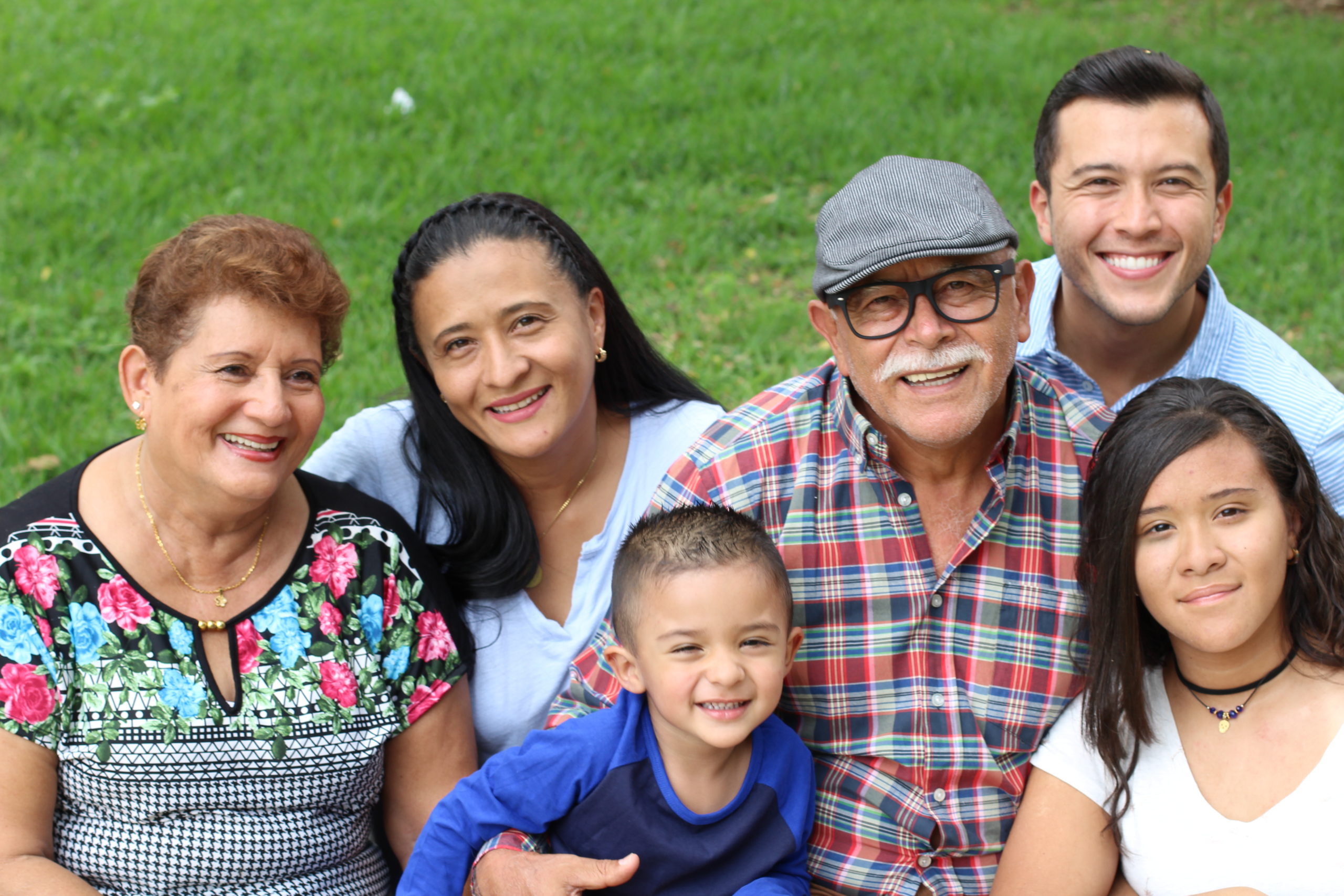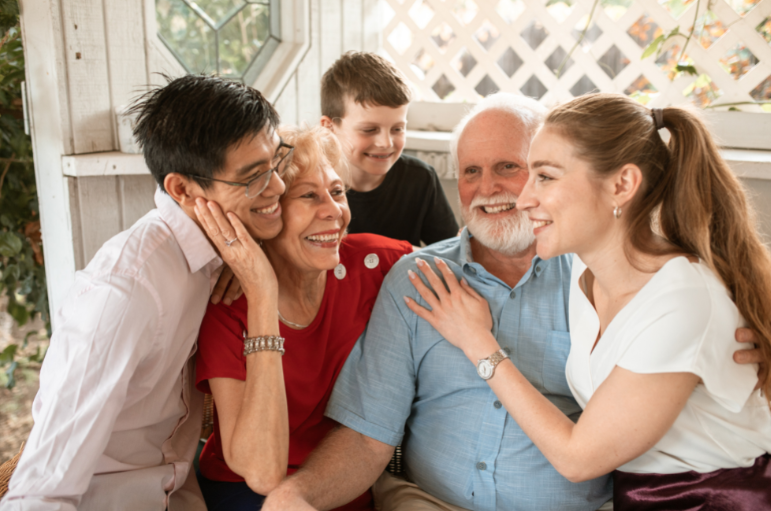Kin-First Courtrooms: Kinship Resources
The Importance of Kinship
American Bar Association
Tags: Benefits of kinship, Legal professionals, CASAs/GALs, Child welfare professionals, Families, Youth, Harm of separation
Annie E. Casey Foundation
Tags: Benefits of kinship, Legal professionals, CASAs/GALs, Child welfare professionals, Families, Youth, Harm of separation
Annie E. Casey Foundation
Tags: Legal professionals, CASAs/GALs, Child welfare professionals, Harm of separation
Child Trends
Tags: Benefits of Kinship, Legal professionals, CASAs/GALs, Child welfare professionals, Families, Youth
National Association of Council for Children
Tags: Benefits of Kinship, Legal professionals, CASAs/GALs, Child welfare professionals, Families, Youth, Harm of separation
HHS Administration for Children and Families
Tags: Benefits of Kinship, Legal professionals, CASAs/GALs, Child welfare professionals, Families, Youth, Harm of separation
HHS Administration for Children & Families
Tags: Benefits of Kinship, Legal professionals, CASAs/GALs, Child welfare professionals, Families, Youth, Harm of separation
American Bar Association
Tags: Benefits of Kinship, Legal professionals, CASAs/GALs, Child welfare professionals, Families, Youth, Harm of separation
Casey Family Programs
Tags: Benefits of Kinship, Legal professionals, CASAs/GALs, Child welfare professionals, Families, Youth, Harm of separation
The Hill
Tags: Benefits of Kinship, Legal professionals, CASAs/GALs, Child welfare professionals, Families, Youth, Harm of separation
Chapin Hall at the University of Chicago
Tags: Benefits of Kinship, Legal professionals, CASAs/GALs, Child welfare professionals, Families, Youth,
Building KinFirst Culture
American Bar Association
Tags: Building KinFirst Culture, Benefits of Kinship, Legal professionals, CASAs/GALs, Child welfare professionals, Families, Youth
Generations United and ABA Center on Children and the Law
Tags: Building KinFirst Culture, Benefits of Kinship, Legal professionals, CASAs/GALs, Child welfare professionals, Families, Youth, Best practices
The Children's Bureau
Tags: Building KinFirst Culture, Engaging Families, Benefits of Kinship, Legal professionals, CASAs/GALs, Child welfare professionals, Families, Youth
NCFJCJ
Tags: Building KinFirst Culture, Benefits of Kinship, Legal professionals, CASAs/GALs, Child welfare professionals, Families, Youth
Grandfamilies
Tags: Building KinFirst Culture, Benefits of Kinship, Legal professionals, CASAs/GALs, Child welfare professionals, Families, Youth
American Bar Association
Tags: Building KinFirst Culture, Benefits of Kinship, Legal professionals, CASAs/GALs, Child welfare professionals, Families, Youth
American Bar Association
Tags: Building KinFirst Culture, Engaging families, Benefits of Kinship, Legal professionals, CASAs/GALs, Child welfare professionals, Families, Youth
WikiHow (from Generations United)
Tags: Building KinFirst Culture, Benefits of Kinship, Legal professionals, CASAs/GALs, Child welfare professionals, Families, Youth
American Bar Association
Tags: Building KinFirst Culture, Engaging Families, Benefits of Kinship, Legal professionals, CASAs/GALs, Child welfare professionals, Families, Youth
Judge Edwina Richardson Mendelson
Tags: Building KinFirst Culture, Benefits of Kinship, Legal professionals, CASAs/GALs, Child welfare professionals, Families, Youth
Josh Gupta-Kagan, Family Integrity and Justice Quarterly
Tags: Building KinFirst Culture, Benefits of Kinship, Legal professionals, CASAs/GALs, Child welfare professionals, Families, Youth
Amelia S. Watson, Family Integrity and Justice Quarterly
Tags: Building KinFirst Culture, Benefits of Kinship, Legal professionals, CASAs/GALs, Child welfare professionals, Families, Youth
Join us in this work!
Sign up here to receive e-mail updates about this project and even join a committee if you'd like. If you have any questions, please contact Alyse Almadani at alyse.almadani@kinnectohio.org.
























